If you are looking wholesale lighting solutions, click here.
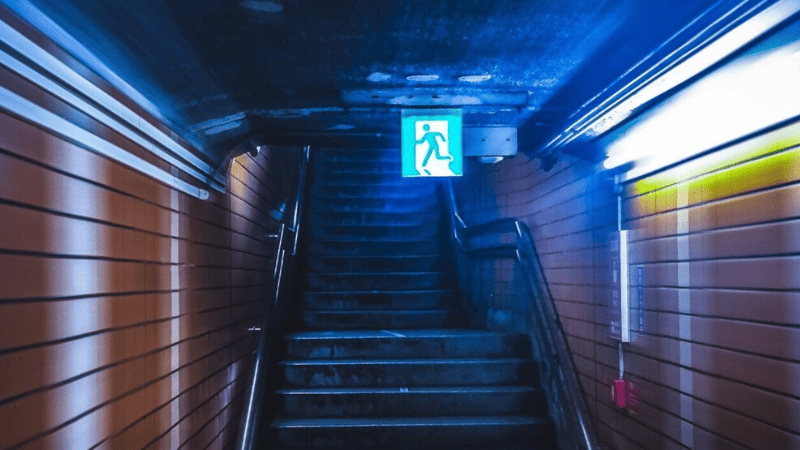
The emergency lighting system is crucial in enhancing safety and security in various settings. As an industry set to grow at a steady pace of 6.4% from 2021 to 2030, it underlines the increasing awareness and demand for effective lighting solutions.
Among these, emergency luminaires are a testament to foresight, providing illumination during power outages or situations that pose visibility challenges.
In this guide, we will discuss the different types of emergency lights and their applications, helping you decide which type is most suitable for your needs.
Emergency lighting is an integral part of the safety protocol of any building, designed to provide adequate illumination during situations where the primary power supply is cut off, such as a power outage.
These lights operate on a backup power source, typically battery-operated, ensuring their functionality when most needed.

Their primary use of emergency lighting is to illuminate exit pathways, facilitating safe and efficient evacuation. Moreover, they can also aid in carrying out critical tasks in power-deficient scenarios.
Understanding the different types of emergency lights can help select the right options for various contexts, from residential buildings and commercial establishments to industrial facilities.
Below are emergency lights for four different applications.
Standby or egress lighting is designed to activate during power outages. These lights work on a backup power source and illuminate the escape routes or exit pathways, ensuring safe evacuation during emergencies.
They are mandatory in many commercial and residential buildings due to their critical role in safety protocols. Standby lighting systems are often low-intensity yet effective enough to navigate the premises safely.
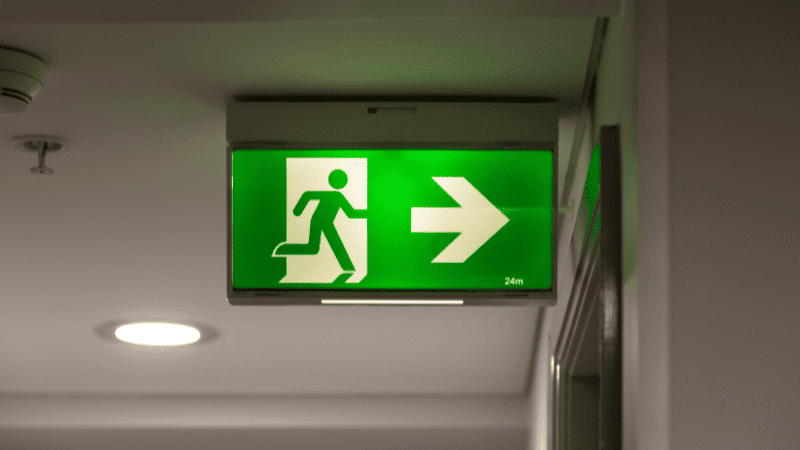
Emergency escape lighting serves a distinct purpose in ensuring safety during emergencies. Unlike standby lighting, these lights illuminate the entire pathway to safety, not just exit signs.
They provide visibility in stairways, corridors, and individual rooms, guiding occupants to the nearest exit.
A backup energy source also powers emergency escape lighting and is essential for high-rise residential and commercial buildings where a safe evacuation process is required.
High-risk task area lighting is a specific type of emergency light designed to provide adequate illumination in critical areas during power outages.
It ensures that essential tasks, such as surgeries or medical procedures, can continue without interruption. These lights are also used in industrial settings where machinery needs to be shut down safely during emergencies.
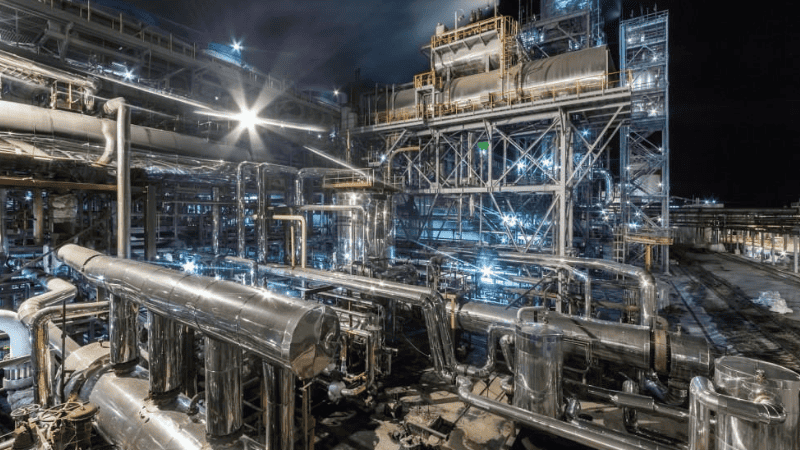
Open area & signage lighting serves two purposes: illumination in open spaces and highlighting safety signs during emergencies.
These lights are usually installed in large indoor areas such as warehouses, manufacturing facilities, or exhibition halls, where visibility may be a concern during power outages.
They also come with lit exit signs to help occupants locate the nearest available emergency exits.
While looking for emergency lighting, you may come across non-maintained and maintained terms. But what do these terms mean, and how are they different?

Non-maintained lights only activate during power outages. They operate on a backup energy source, providing adequate illumination for evacuations or critical tasks. These lights often remain switched off to conserve energy and are only used when needed.
Maintained emergency lighting systems work differently from non-maintained ones. These lights operate simultaneously with the primary lighting system, ensuring that there is always adequate illumination on the premises.
Maintained emergency luminaires have a backup power source and kick into action during power outages or emergencies, providing continuous illumination without interruption.

Emergency lighting requirements and standards vary depending on the geographical location and the type of building.
These regulations have been established to ensure the safety and well-being of the building’s occupants during unexpected situations like power outages.
The emergency lighting standards set specific criteria for installing, operating, and maintaining emergency lighting systems.
Some key standards include regulations outlined by the Occupational Safety and Health Administration (OSHA), the National Fire Protection Association (NFPA), and more.
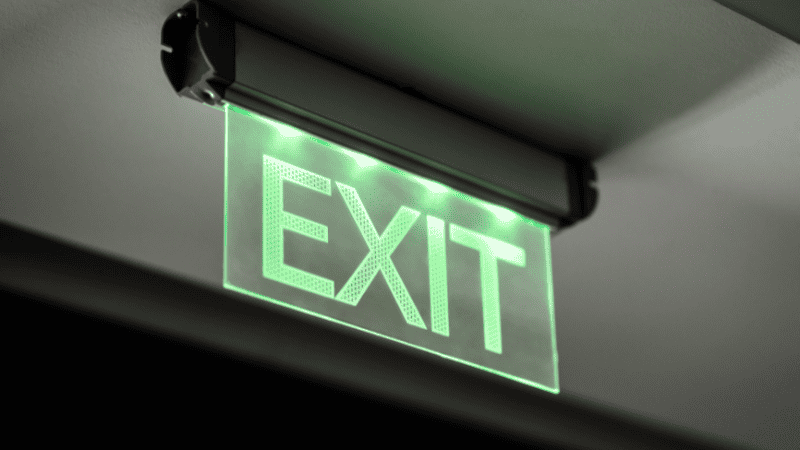
The Occupational Safety and Health Administration (OSHA) is a federal agency responsible for regulating workplace safety in the United States.
According to OSHA standards, workplaces must install emergency lights to provide sufficient lighting for all exit routes. Furthermore, these lights should activate automatically in the event of mains power failure and must be maintained to ensure they are always in working order.
The other highlights include:
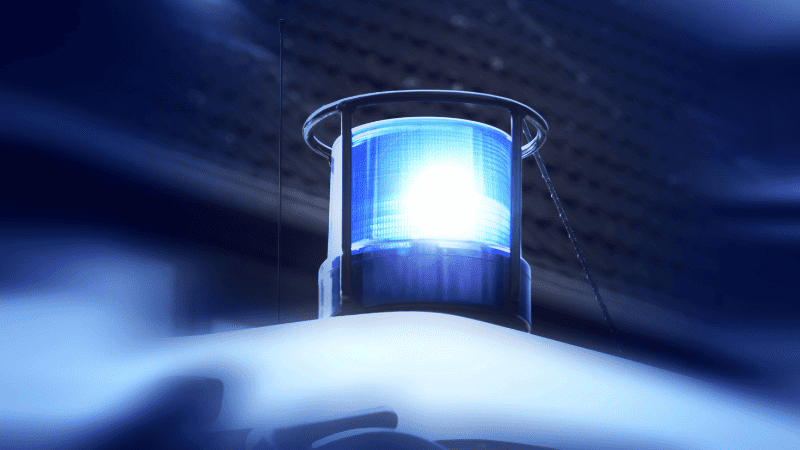
The National Fire Protection Association (NFPA) is a global nonprofit organization dedicated to reducing fire and other hazards. The NFPA has set safety standards for emergency lighting systems in its Life Safety Code (NFPA 101).
These codes outline specific requirements for different types of buildings, such as residential, commercial, or industrial. Some of the key highlights include:
Apart from OSHA and NFPA, there are also other standards that organizations must adhere to for emergency lighting systems. These include:
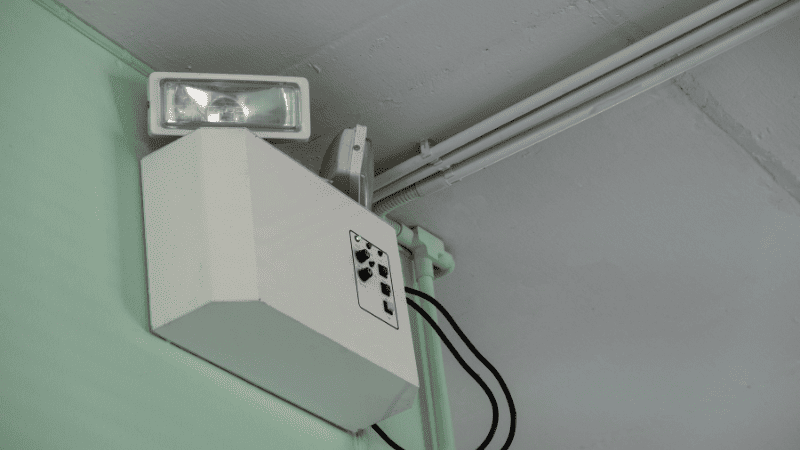
It is crucial for building owners or managers to ensure that their emergency lighting systems comply with all the relevant standards to ensure the safety of occupants during emergencies.
These standards also outline regular maintenance and testing procedures that must be followed to ensure the proper functioning of emergency lights.
Locating emergency lighting systems is critical to determining their effectiveness during emergencies. Here are some key points to consider when siting emergency lights:
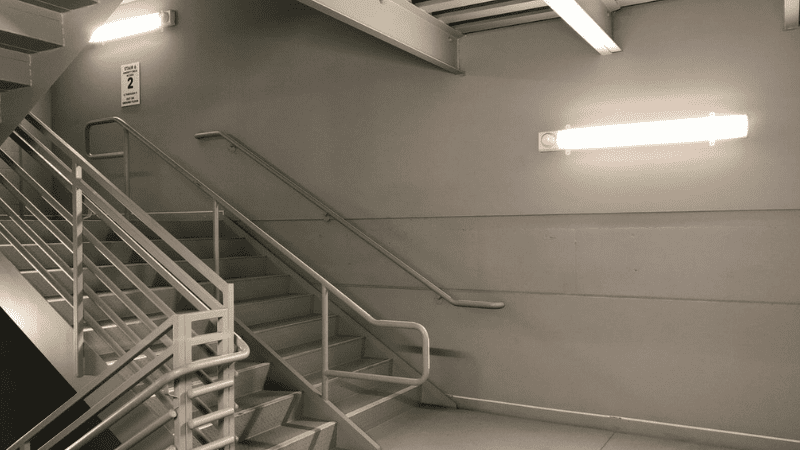
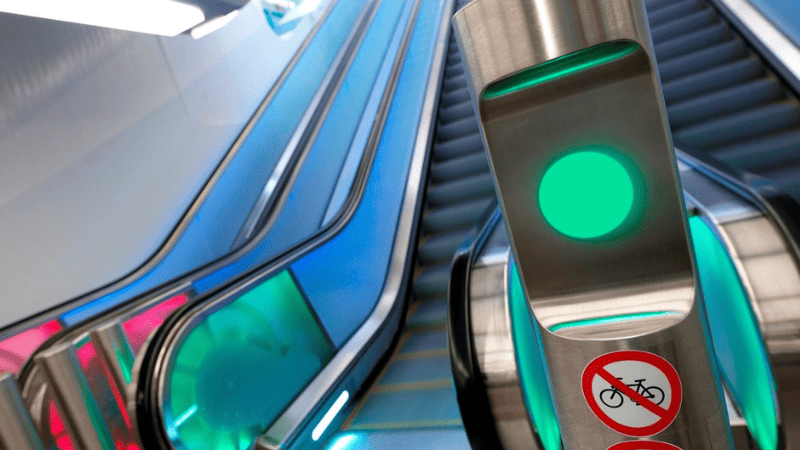
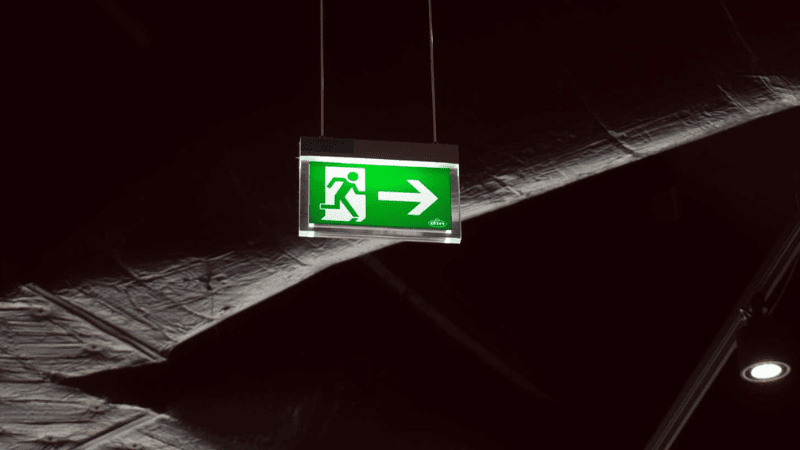
Emergency lights are only effective if they are regularly maintained and tested. Here are some general maintenance and testing procedures that should be followed:
By following these maintenance and testing procedures, building owners can ensure the proper functioning of their emergency lighting systems during unexpected situations.
It is crucial to have a written maintenance plan and keep records of all maintenance and testing activities for future reference.
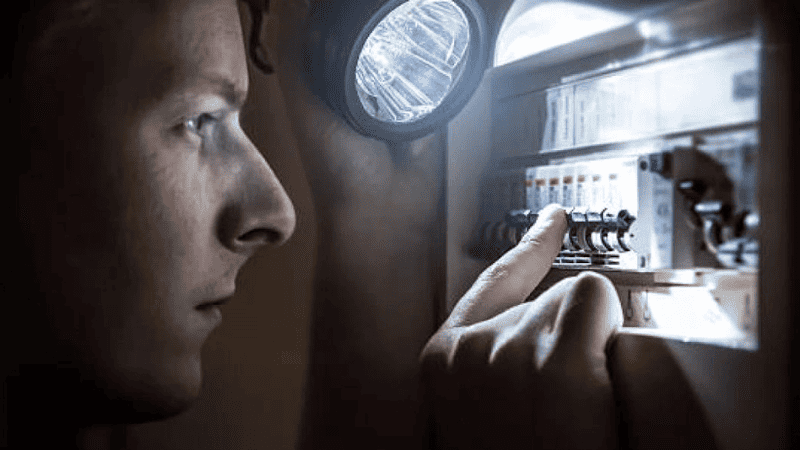
For open areas, 0.5 lux is the recommended light level for emergency lighting. However, for the high-risk task areas or hazardous areas, the level may be increased up to 10% of the general lighting level.
The NFPA Code for Emergency Lighting is specified in NFPA 101, the Life Safety Code. Section 7.9 addresses Emergency Lighting in particular detail.
Stating that it must be arranged to provide initial illumination of no less than an average of one foot-candle (10.8 lux) and, at any point, a minimum of 0.1 foot-candle (1.1 lux), measured along the path of egress at floor level.
LED emergency lights have a longer lifespan than traditional incandescent or fluorescent lights.
They can last up to 10 years, making them a cost-effective and energy-efficient option for emergency lighting systems. However, the old-style fittings may last for 5 years.
Safety Lights are crucial for ensuring the safety of building occupants during emergencies. Compliance with relevant standards and proper maintenance and testing procedures is essential to ensure their effectiveness.
By following these guidelines, building owners can create a safer environment for their occupants and be better prepared for unexpected situations. It’s time to upgrade non-maintained emergency lighting systems.
When it comes to emergency lighting systems, choosing a reliable and experienced company is crucial. At Risun, we have been providing high-quality emergency lighting solutions for years.
We comply with all relevant standards and offer regular maintenance and testing services to ensure the proper functioning of our systems.
Contact us today to learn more about our services and how we can help you make your building safer during emergencies.
Comprehensive Lighting Solutions for MRO Wholesalers and Professionals
send your inquiry
Hi, I'm the author of this post, and I have been in this field for more than 15 years. If you want to wholesale lighting fixtures or lighting related product, feel free to ask me any questions.
Learn More >>Download our catalog to view all of our lighting products.
Ready to get started ?
Send Your InquiryOur team will get back to you promptly

please
download
Get notified about new products
Our team will get back to you promptly!
Add your first comment to this post